
Exploring Kaluga Caviar – What Makes This Delicacy Unique?
Are you wondering why fish roe, especially kaluga caviar is so special? Learn all about this delicacy that will make every bite a unique experience.
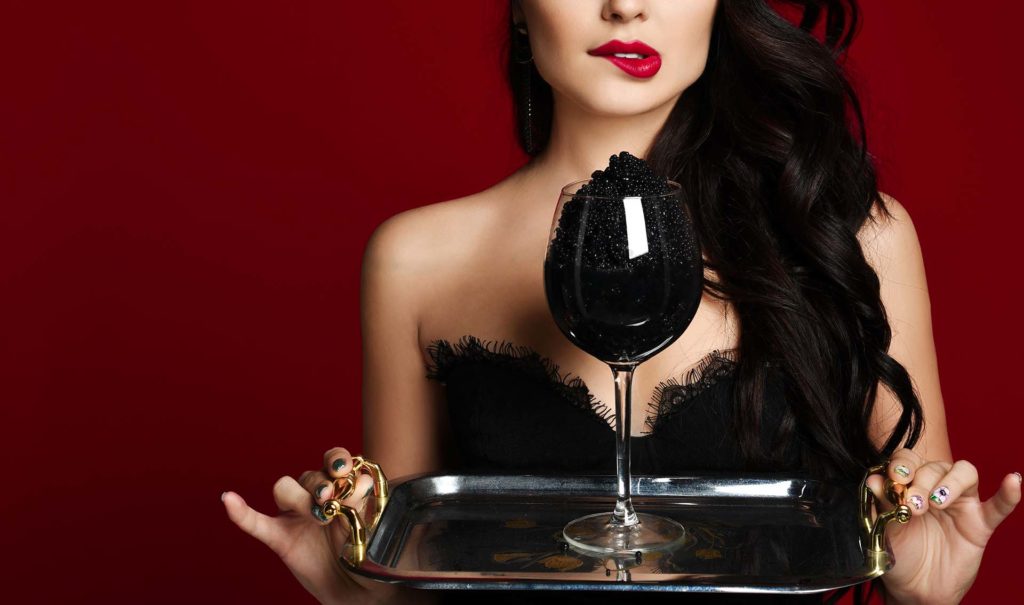
There are few foods that can compare to caviar in terms of elegance and prestige. The name itself feels like luxury when it rolls down your tongue. But for those that aren’t already quite familiar with this delicacy, what is caviar exactly? Its flavor and texture are unique, but let’s explore the world of this exquisite delicacy, starting with the caviar definition.
Globally recognized as one of the finest and most luxurious delicacies, caviar consists of unfertilized, salted fish eggs of sturgeon. Although it belongs in the category of fish roe, only eggs that come from wild sturgeon are considered caviar.
Fish roe is sourced from different parts of the world and many varieties of fish. These eggs can be prepared and consumed in a similar way as caviar, meaning they are salt-cured or left unsalted. Unsalted roe is often called green eggs in the industry. However, before you purchase caviar in an online store, understand that only sturgeon roe is considered caviar.
If you want a premium roe delicacy, it must be sourced from a certain type of sturgeon. This high-quality fish is usually found in particular regions of Asia, Italy, and near the Caspian Sea. Once the sturgeon roe is farmed, it goes into the preparation process, where the pearls are sorted by size and color and then are cleansed and rinsed. The most essential step is the curing stage, where the eggs are salted in order to preserve their flavor and freshness.
Caviar is considered a delicacy due to its rarity, taste, but also its history. This is because the highest-quality sturgeon can only be found in certain regions and takes several years to mature. This means that high-end caviar is relatively rare and expensive, making it a luxury food item that is often reserved for special occasions or high-end dining experiences.
Additionally, caviar has a unique and complex flavor profile that is difficult to replicate with other ingredients. Its delicate and subtle taste is rich, buttery, and slightly salty, with a texture that bursts in your mouth to release a burst of flavor.
Finally, this food item has a long and storied history, and caviar meaning has long been seen as a sign of luxury, even for centuries. It was once reserved for royalty and the wealthy elite, and continues to be associated with luxury, sophistication, and indulgence.
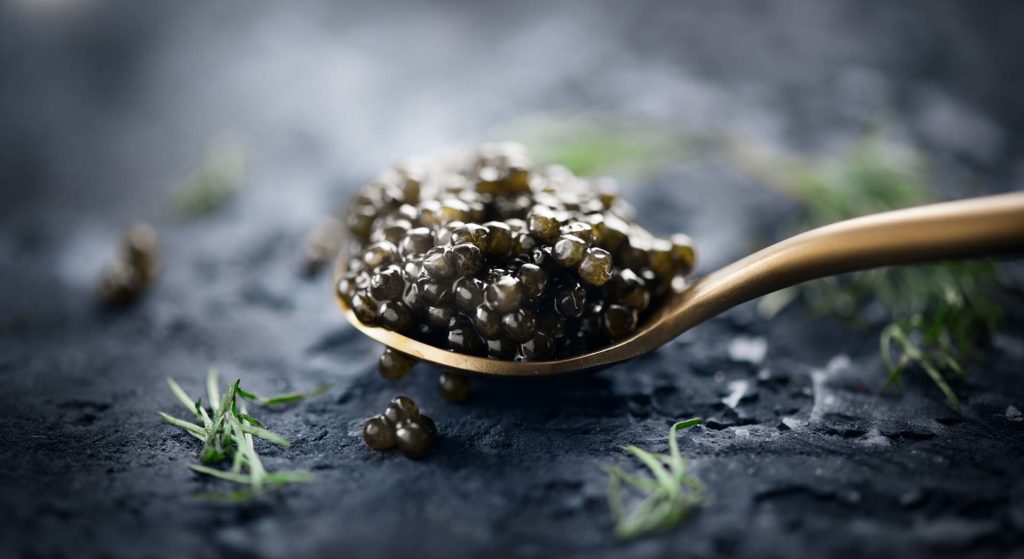
If you’re wondering about the taste, caviar has a unique and complex flavor profile that can vary depending on the type and quality of the roe. Generally, it has a delicate and subtle taste that is best described as rich, buttery, and slightly salty. The texture is also unique, with each egg bursting in your mouth to release a burst of flavor.
In terms of texture, caviar can range from firm to almost creamy, depending on the size and quality of the eggs. Higher-quality caviars will have larger, more evenly sized eggs that are firmer to the touch. In contrast, lower-quality caviars may have smaller, irregularly shaped eggs that are softer and less distinct in flavor.
Traditionally, caviar is served with a special spoon made from mother-of-pearl or horn. These materials do not impart any metallic taste or odor to the delicate flavor of the caviars. Some people also prefer to use a wooden or plastic spoon to serve caviar, as these materials are less likely to react with the eggs and alter their taste. Caviar is also often typically served as an appetizer or a luxurious accompaniment to a special meal. Here are some of the most common ways to serve it:
Overall, it’s a versatile and luxurious food item that can be enjoyed in many different ways.
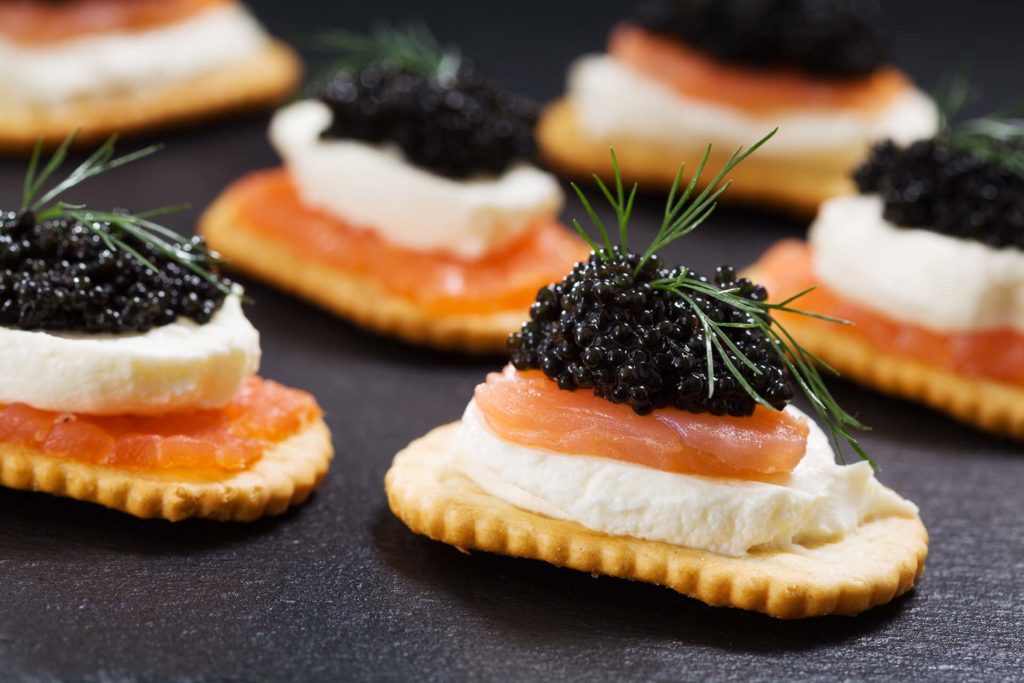
Not all caviar is created equal, and there are many different types of this delicacy available on the market today. Each type has its own unique characteristics in terms of taste, texture, and color and can vary greatly in price depending on the rarity and quality of the eggs. The most highly valued varieties come from the osetra and beluga sturgeon, but there are also some other types worth mentioning.
Knowing these types and recognizing each distinct variety can help you buy caviar online with confidence, as you will be able to select the type that suits your taste preferences and budget. Additionally, understanding the differences between caviar types can help you appreciate the nuances of this delicacy and enhance your overall dining experience.
Beluga caviar is known for its large, creamy-gray eggs that have a buttery and nutty flavor. It is the most expensive and rarest type due to the slow maturation process of the beluga sturgeon, which can take up to 20 years. It has a delicate texture that melts in your mouth and is often served on its own or with simple accompaniments like blinis or toast points.
Osetra caviar is derived from the Osetra sturgeon and has a firm texture with a nutty and slightly sweet taste. The eggs can vary in color from light brown to dark brown, and they are slightly smaller than beluga roe. This type is often paired with champagne or vodka and is commonly used in high-end culinary dishes.
Sevruga caviar is the smallest and most abundant type, made from the eggs of the Sevruga sturgeon. The eggs are dark gray in color and have a salty and sharp taste. This type is typically less expensive than others, and it is often used as a garnish or ingredient in recipes.
Sterlet caviar comes from the sterlet sturgeon, which is a smaller species of sturgeon that is found in freshwater rivers in Eastern Europe. The eggs are small and light brown in color with a subtle, earthy flavor. It’s often used in traditional Russian cuisine and is becoming increasingly popular in Western countries.
American caviar is derived from several species of sturgeon native to North America, including the white sturgeon, paddlefish, and hackleback. The flavor and texture can vary depending on the species of sturgeon, but it is generally less expensive than other types. It’s a popular choice for those who want to enjoy luxury without breaking the bank.
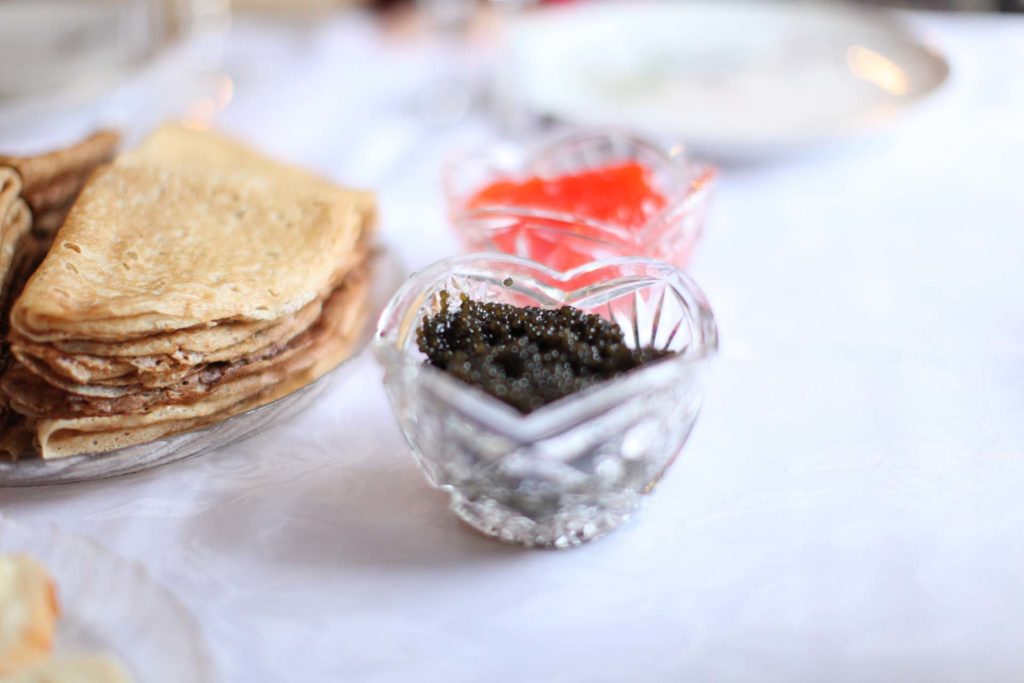
Roe is a general term used to describe the eggs of various fish species. It is a common food ingredient in many cultures, and its taste and texture can vary depending on the type of fish it comes from. They are usually harvested from trout, salmon, bowfin, paddlefish, and other types of fish, but they can also be harvested from other types of marine animals. Although you can consume it as a substitute for caviar, most often, it’s consumed with other foods, like sushi. Some of the most common types of roe include:
Overall, roe is a versatile ingredient that can add flavor and texture to a wide range of dishes. Its taste and texture can vary greatly depending on the type of fish it comes from, making it a unique and exciting ingredient to explore in culinary creations.
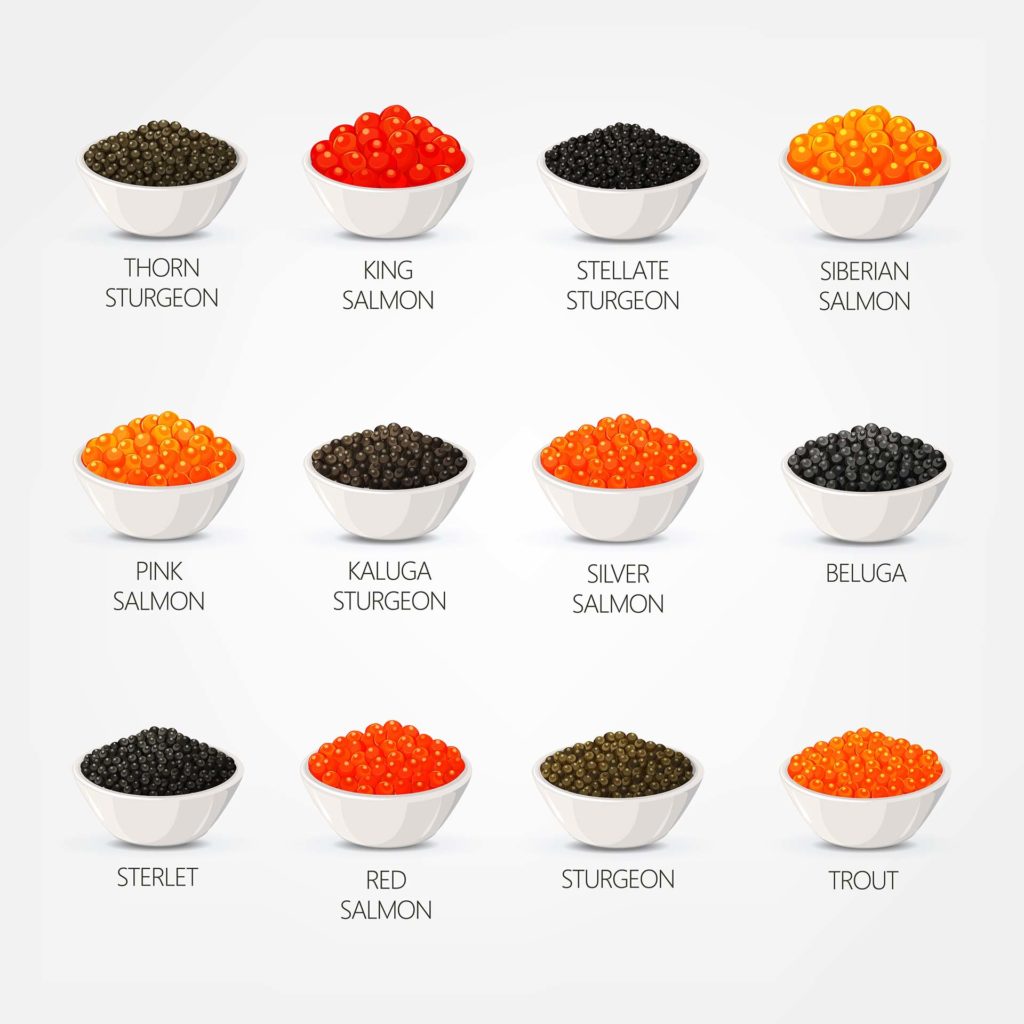
Overall, this delicacy is prized by food enthusiasts and the wealthy elite for centuries for a reason. While high-quality caviar can be expensive, it remains a popular indulgence for those who appreciate its unique taste and texture. Whether enjoyed on a special occasion or as a luxurious treat, caviar is a food item that continues to captivate and delight food enthusiasts around the world.
If you’re searching the internet, looking for premium quality « caviar near me » – you’re at the right place. Our caviar online ordering is very easy – simply take your pick and we’ll deliver this luxurious delicacy right to your doorstep. Visit K&Cie Caviars and order caviar online today.
Blogues connexes

Are you wondering why fish roe, especially kaluga caviar is so special? Learn all about this delicacy that will make every bite a unique experience.

What makes osetra caviar unique? From its rich flavor to its luxurious texture, learn all about this delicacy and enjoy every bite.

Wondering whether eating fish roe has any health benefits? Learn all about caviar nutrition and how it can boost your well-being.
Plan du site
Société
K&cie Sàrl
Route de Crassier 61
1299 Crans-près-Céligny
TVA CHE-383.472.711
Contatez nous
Droits d'auteur 2023, K&cie Sàrl, Tous droits réservés.
Développé par Made Online